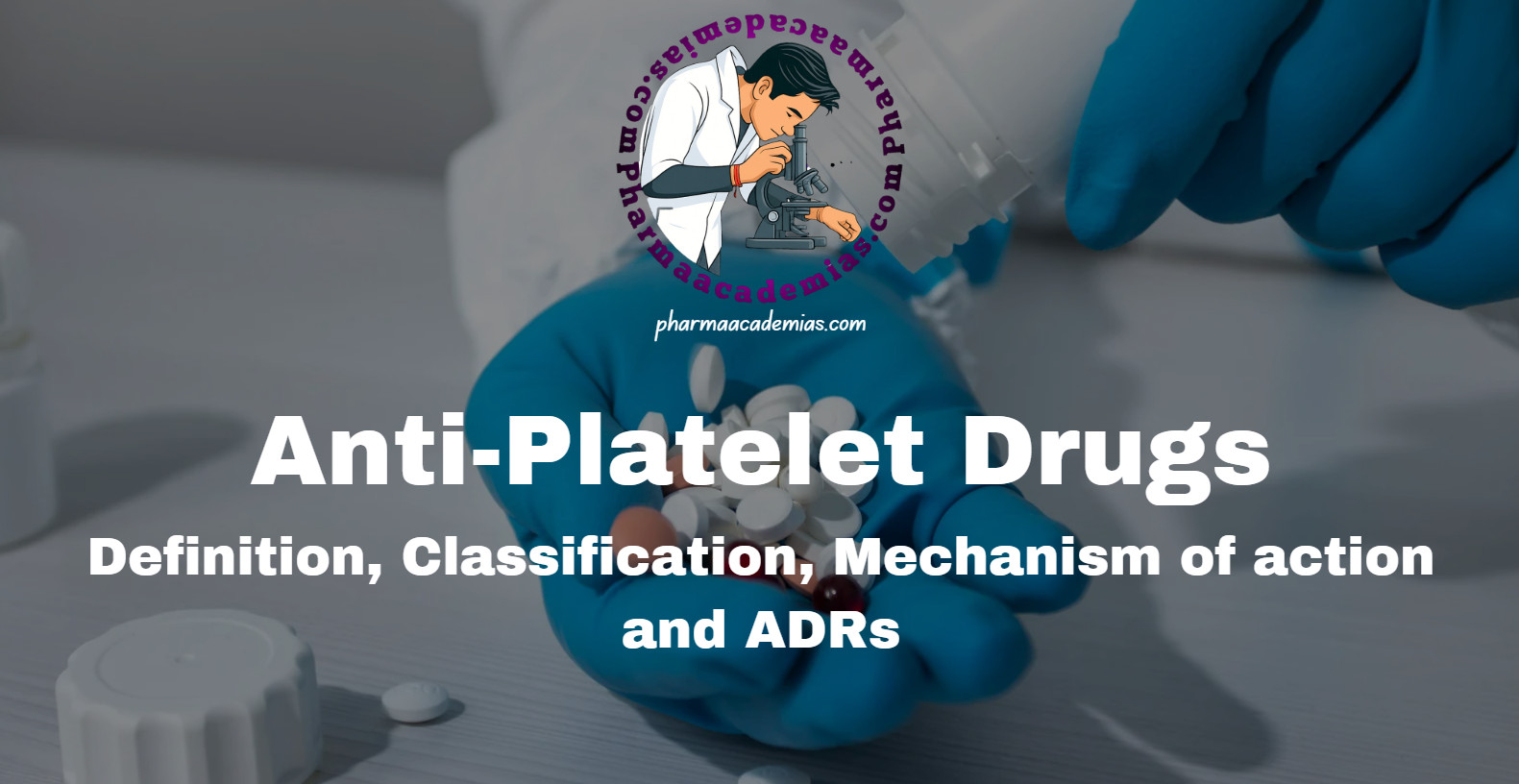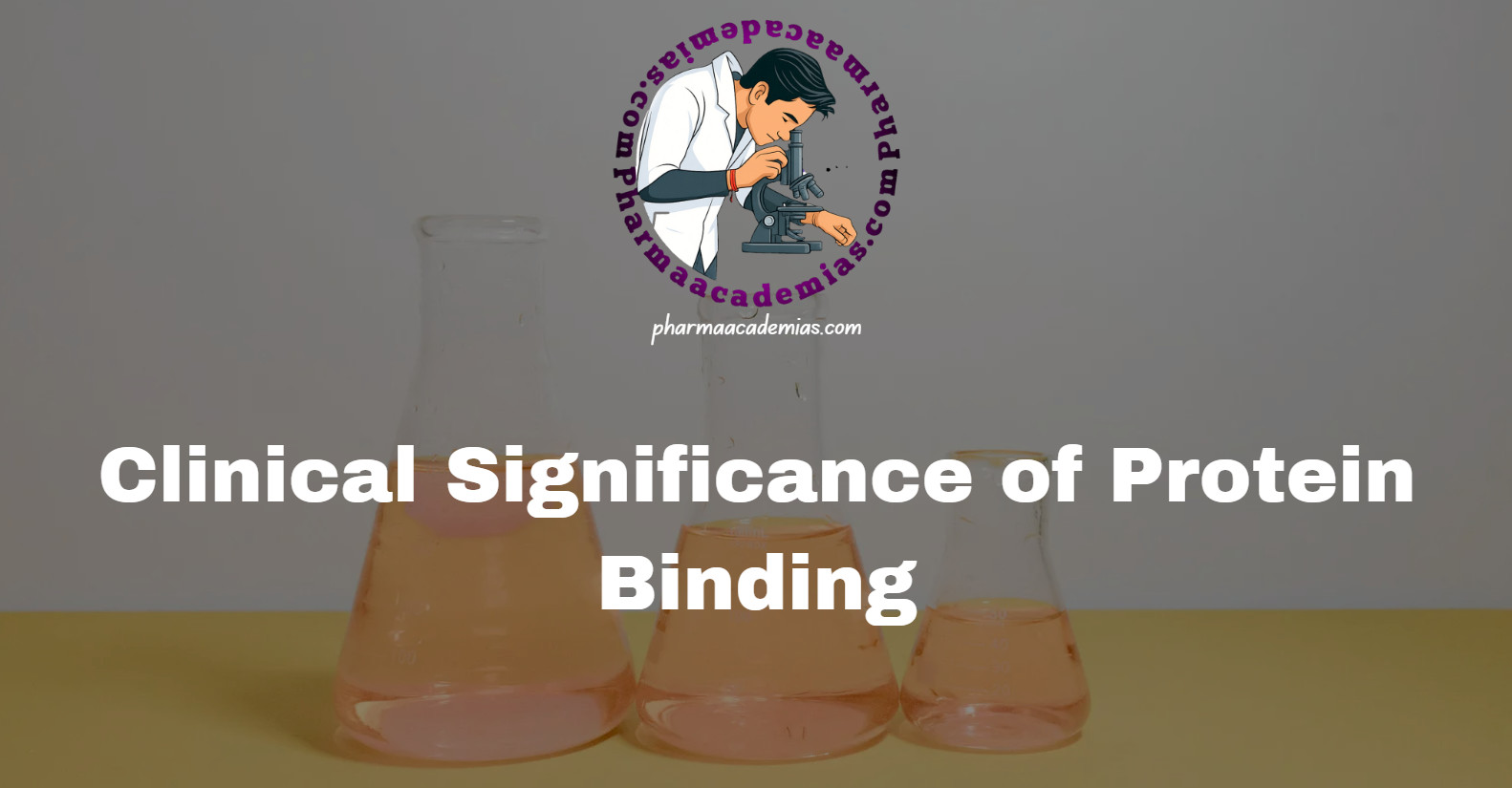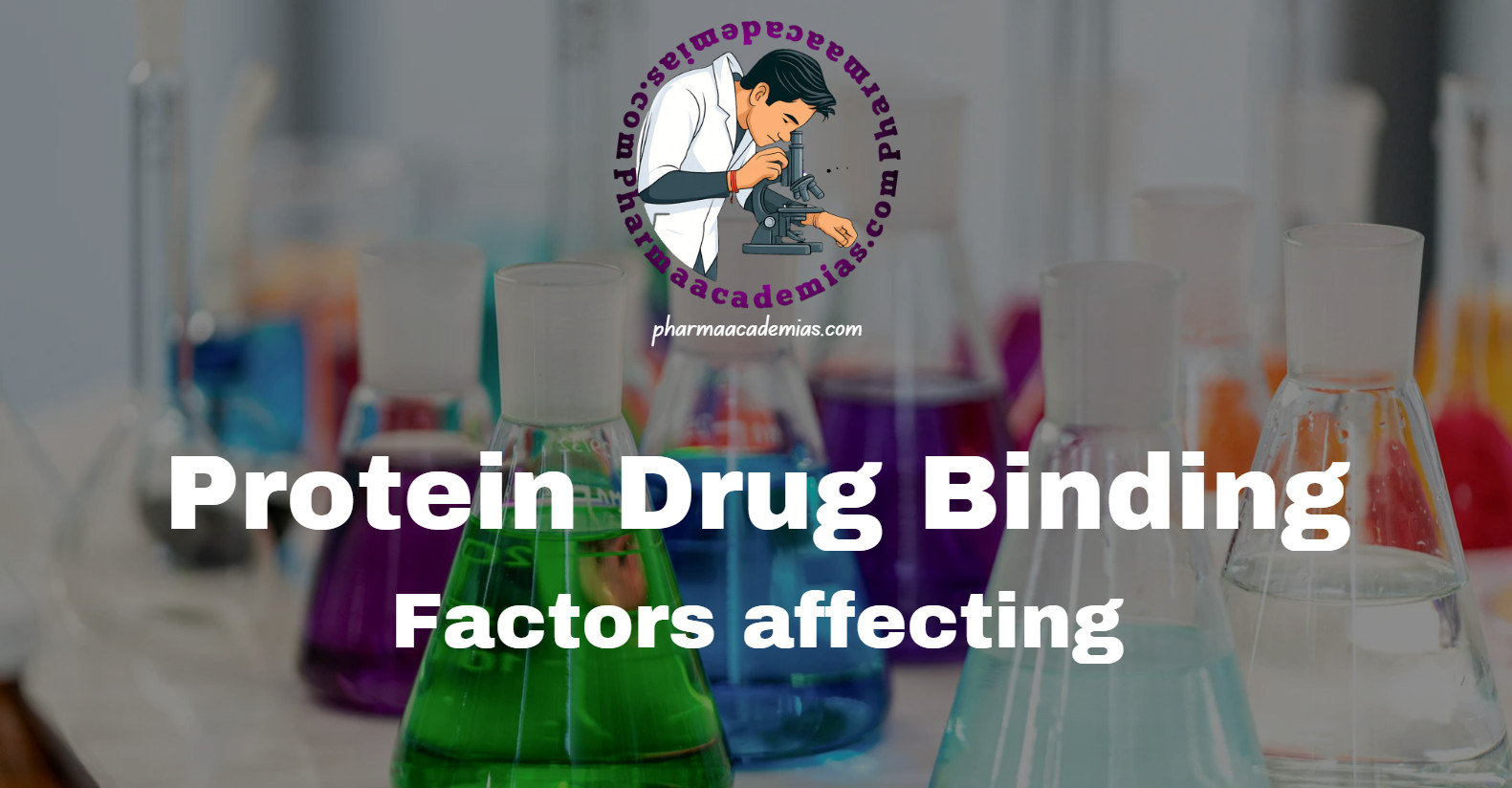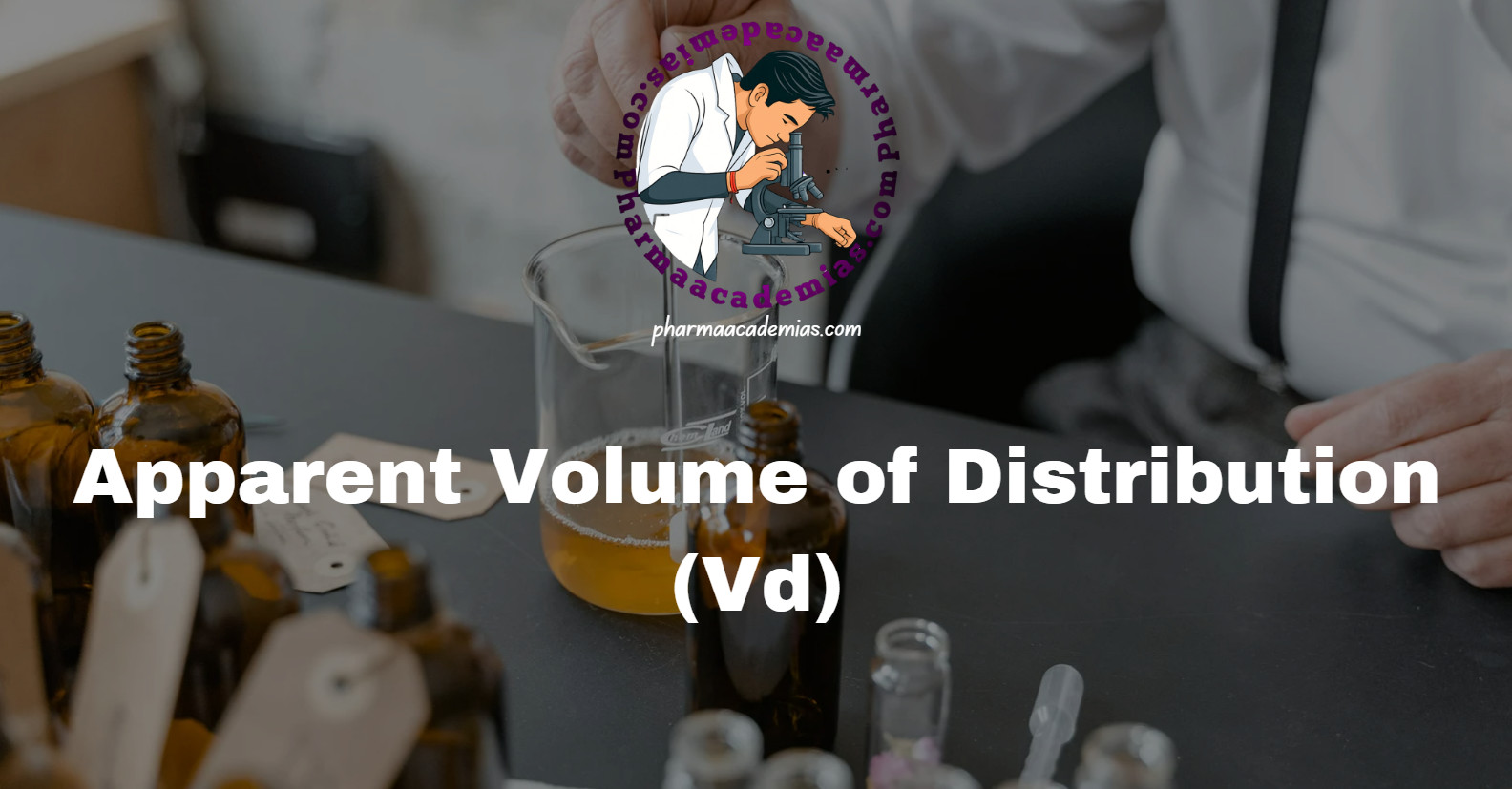Concept of Disease Prevention
1. Concept of Disease Prevention Disease prevention refers to strategies and measures that aim to reduce the occurrence of disease, stop its progression, or minimize its consequences. These actions are taken before, during, or after the onset of disease to ensure better health outcomes. 1.1 Objectives of Disease Prevention 2. Levels of Prevention The concept … Read more










